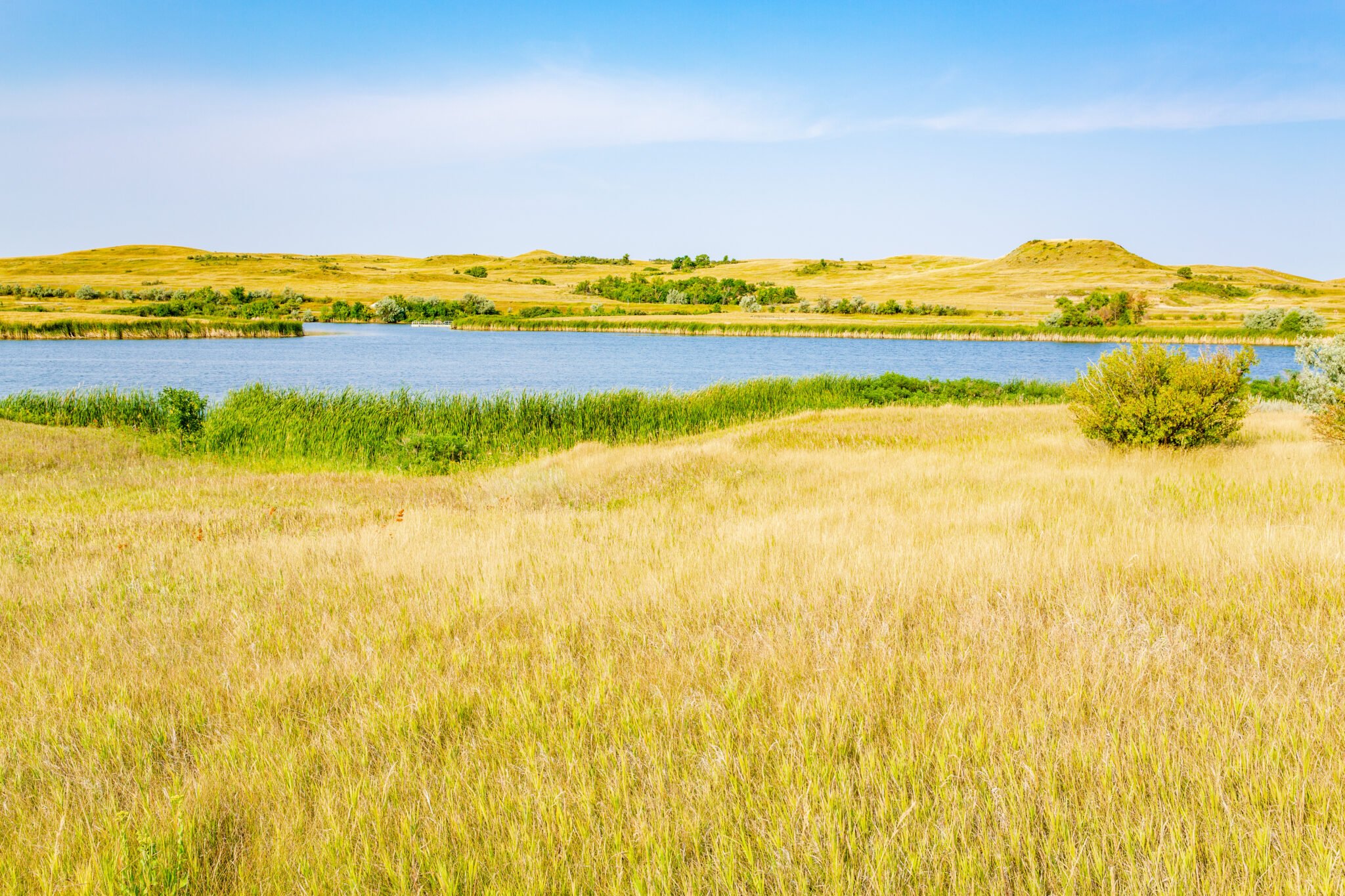Farm Service Agency Programs


The United States Department of Agriculture Farm Service Agency (FSA) oversees a number of voluntary conservation-related programs. These programs work to address a large number of farming and ranching related conservation issues including:
FSA accomplishes these goals through the conservation programs listed below:
The Conservation Reserve Program (CRP) pays a yearly rental payment in exchange for farmers removing environmentally sensitive land from agricultural production and planting species that will improve environmental quality.
View the Conservation Reserve Program Page.
The Conservation Reserve Enhancement Program (CREP), an offshoot of CRP, targets high-priority conservation issues identified by government and non-governmental organizations. Farm land that falls under these conservation issues is removed from production in exchange for annual rental payments.
View the Conservation Reserve Enhancement Program page.
The Emergency Conservation Program (ECP) provides funding and technical assistance for farmers and ranchers to restore farmland damaged by natural disasters and for emergency water conservation measures in severe droughts.
View the Emergency Conservation Program page.
The Emergency Forest Restoration Program (EFRP), which is very similar to the ECP, provides funding to restore privately owned forests damaged by natural disasters.
View the Emergency Forest Restoration Program page.
The Farmable Wetlands Program (FWP) is designed to restore wetlands and wetland buffer zones that are farmed. FWP gives farmers and ranchers annual rental payments in return for restoring wetlands and establishing plant cover.